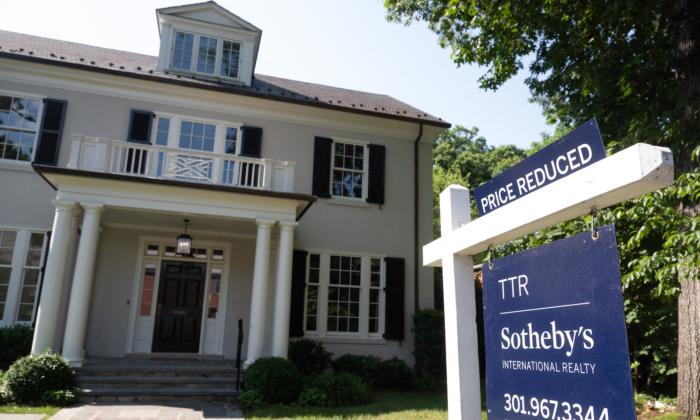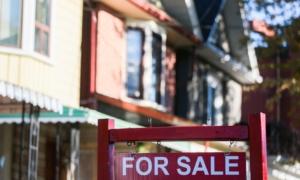U.S. home prices rose again in June, for the fifth successive month, rising close to their all-time high from a year ago.
Housing costs rose 0.7 percent from May, after dropping 0.4 percent in April, according to the S&P CoreLogic Case-Shiller US National Home Price Index, which was published on Aug. 30.
A rapid surge in the 30-year mortgage rate over the past few weeks is complicating matters for potential homebuyers.Buyers Pushed Out of Market
The combination of higher mortgage payments and historically low housing stock has pushed many households looking to purchase out of the market.According to Black Knight, 38.6 percent of median household income is required to make a monthly payment on the average home purchase, the worst measure since 1984.
“The recovery in home prices is broadly based,” said Craig Lazzara, Managing Director at S&P DJI.
“Our National Composite rose by 0.9% in June, and it now stands only -0.02% below its all-time peak from exactly one year ago.”For example, in June, Atlanta saw price gains of 2.1 percent, New York jumped 3.4 percent, and Cleveland rose 4.1 percent, while San Francisco fell 9.7 percent, Seattle lost 8.8 percent, and Las Vegas dropped 8.2 percent.
“The S&P CoreLogic Case-Shiller U.S. National Home Price Index for June showed mixed results,” Colin O'Leary, a salesperson at Berkshire Hathaway HomeServices Fillmore Real Estate, told The Epoch Times.
“As buyers adjust to higher interest rates, home prices are continuing to increase in many markets due to a lack of listing inventory,” he said.As a result, home purchase applications have dropped annually by 7 percent, to their lowest level in nearly 30 years, during the week ending Aug. 18, according to Redfin’s Homebuyer Demand Index.
Low Inventory
“Low housing supply is keeping home prices high in many markets, adding to the affordability hurdles buyers are facing,” said Joel Kan, MBA’s vice president and deputy chief economist.
Many homeowners are currently unwilling to sell their homes at existing mortgage rates after purchasing them at ultra-low average rates of 3 to 4 percent.
This factor has exasperated the existing housing shortage, pushing prices even higher for potential homebuyers.
“Many existing homeowners remain on the sidelines of the market, content to stay put as mortgage rates reach 20-year highs,” said Hannah Jones, an economic data analyst at Realtor.com.
“As a result, home shoppers are seeing fewer existing homes for sale and facing more competition for the homes available.”
To make up for the lack of existing housing, new constructions are needed to fill the gap, which rose again in July.
Ms. Jones said she remains cautious as affordability issues continue to weaken buyer demand.
“Limited home inventory, still-high prices and elevated mortgage rates meant that both new and existing home sales fell in June, though new home sales remained well above the previous year’s level,” she said.
Other buyers have turned to the rental market as a more affordable alternative as home prices remain high.
Renters have further benefited from a decrease in apartment prices nationwide in the last quarter, as a rise in new rental stock relieved price pressures, according to Realtor.com.







